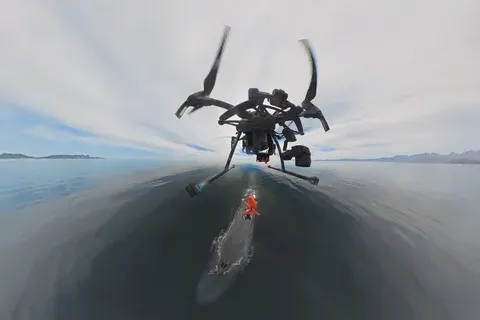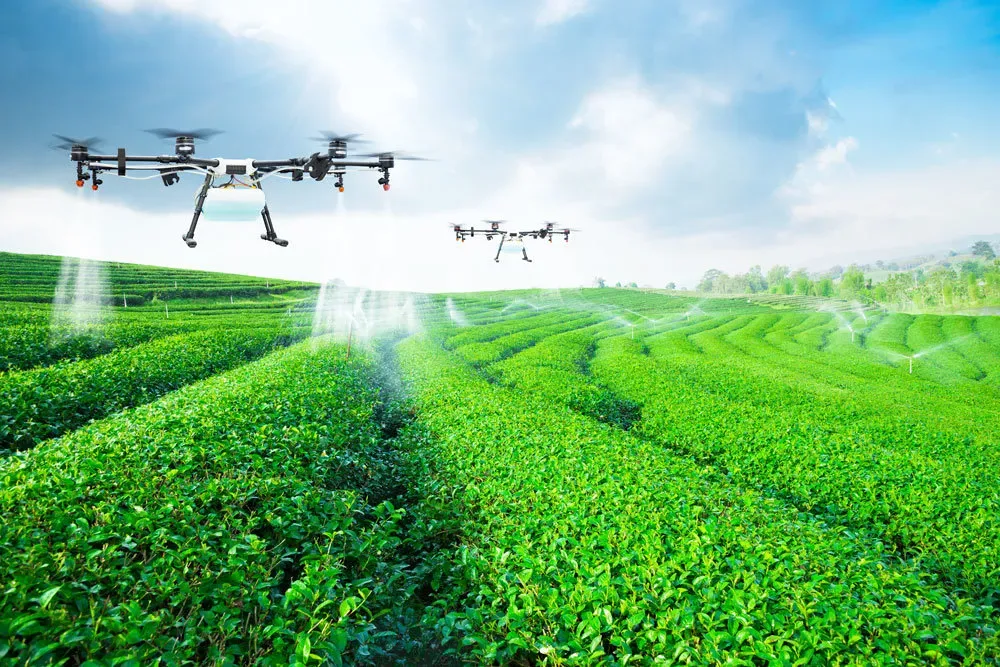Tracking wildlife has always been challenging. Animals move quickly, hide in dense forests, and often travel at night. Scientists, hunters, and conservationists have used cameras and GPS trackers, but these methods are not always effective. Now, thermal drones are changing the game. These drones use heat-sensing cameras to find animals, even in the dark or thick vegetation.
How Thermal Drones Work
Thermal drones have special cameras that detect heat. Every living creature gives off heat, and thermal cameras can see this heat even if the animal is hidden. The drone flies over an area and sends live images to the operator, making it easy to locate animals. This helps researchers, farmers, and rescue teams find wildlife faster and with more accuracy.
The Benefits of Using Thermal Drones for Wildlife Tracking
Works in the Dark: Unlike regular cameras, thermal drones can see at night.
Covers Large Areas: Drones scan forests, fields, and mountains quickly.
Finds Hidden Animals: Even if an animal is in thick bushes, the drone detects its heat.
Non-Intrusive: Drones track wildlife without disturbing them.
Helping Conservation Efforts
Many endangered animals need protection. Conservationists use thermal drones to track rare species and monitor their movements. This helps prevent illegal hunting and protect natural habitats. For example, researchers have used drones to count deer populations and study their behavior without getting too close.
Wildlife Rescue and Search Missions
Thermal drones are also useful in rescue missions. If an injured or lost animal needs help, a drone can quickly locate it. Wildlife rescue teams use drones to find stranded animals during floods, wildfires, or harsh weather. This technology has saved many animals that might not have been found otherwise.
Advancing Wildlife Research with Thermal Drones
As technology improves, thermal drones will become even better. Future drones may have artificial intelligence to identify different species automatically. They may also work with GPS systems to track animal movements over time. With these advancements, wildlife tracking will continue to evolve, making it easier to study and protect animals in the wild.
Thermal drones are a breakthrough in wildlife research and rescue. Their ability to see in the dark, find hidden animals, and cover vast areas makes them a valuable tool for conservationists, hunters, and researchers. As more people start using them, protecting and understanding wildlife will become easier than ever.



